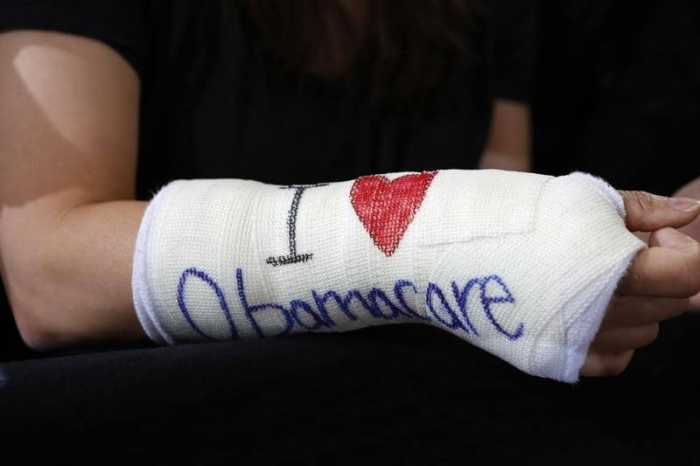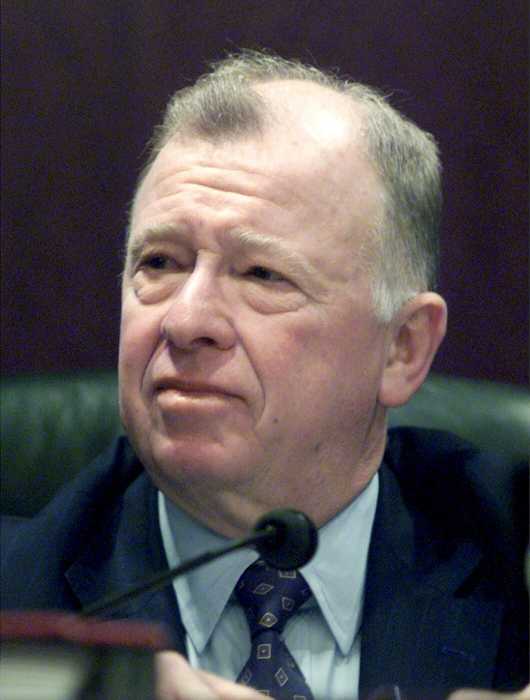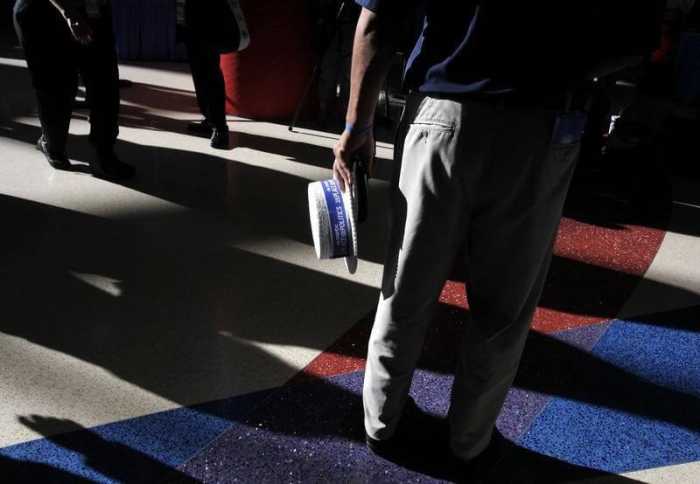By Hilary Russ
(Reuters) – New Jersey underfunded its public pension system more than any other U.S. state for more than a decade, according to a study to be released later on Wednesday.
From fiscal year 2001 through 2013, the Garden State paid on average just 38 percent of what it was supposed to have contributed annually into its system, according to the report by the National Association of State Retirement Administrators. Pennsylvania is not far behind at 41.2 percent, followed by the states of Washington, North Dakota and Kansas.
The study covered 112 statewide and state-sponsored public pension plans, which together account for more than 80 percent of all U.S. public pension assets and participants, the group said.
Overall, the amount of money those U.S. public employers were supposed to have paid into their retirement plans more than tripled, to $93.7 billion from $27.7 billion over the 13-year span studied, said the report, which was sponsored by the AARP. Meanwhile, the combined annual funding shortfall skyrocketed to $19 billion in 2012 from just $300 million in 2001. In 2013, that gap fell back slightly to $17.8 billion.
Several states with dramatic pension gaps have garnered attention because of the magnitude of the problems and the political challenge of solving them.
New Jersey Governor Chris Christie won pension reforms in 2010 with bipartisan legislation that was supposed to have stepped up the state’s pension contributions over seven years.
But last year, facing a large, surprise revenue shortfall, Christie stripped nearly $900 million from the contribution the state was supposed to make in fiscal 2014.
The Republican governor also reduced this year’s contribution by $1.6 billion, but labor unions challenged the reduction and a judge sided with them late last month. The administration said it will appeal. New Jersey’s funding problems predate Christie’s governorship by many years. But while states notorious for chronic underfunding have grabbed the spotlight, they are the outliers. Most have come closer to making their full contributions, the report said. All but six states paid at least 75 percent of their annual required contribution, on a weighted basis average over the years in the study. The average plan received 89.3 percent of what it was supposed to receive, according to the study. Policies that required payments also tended to work, in general producing better pension funding outcomes than those that did not have such a requirement, the report showed.
(Reporting by Hilary Russ in New York; Editing by Lisa Shumaker)




























